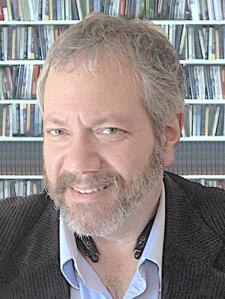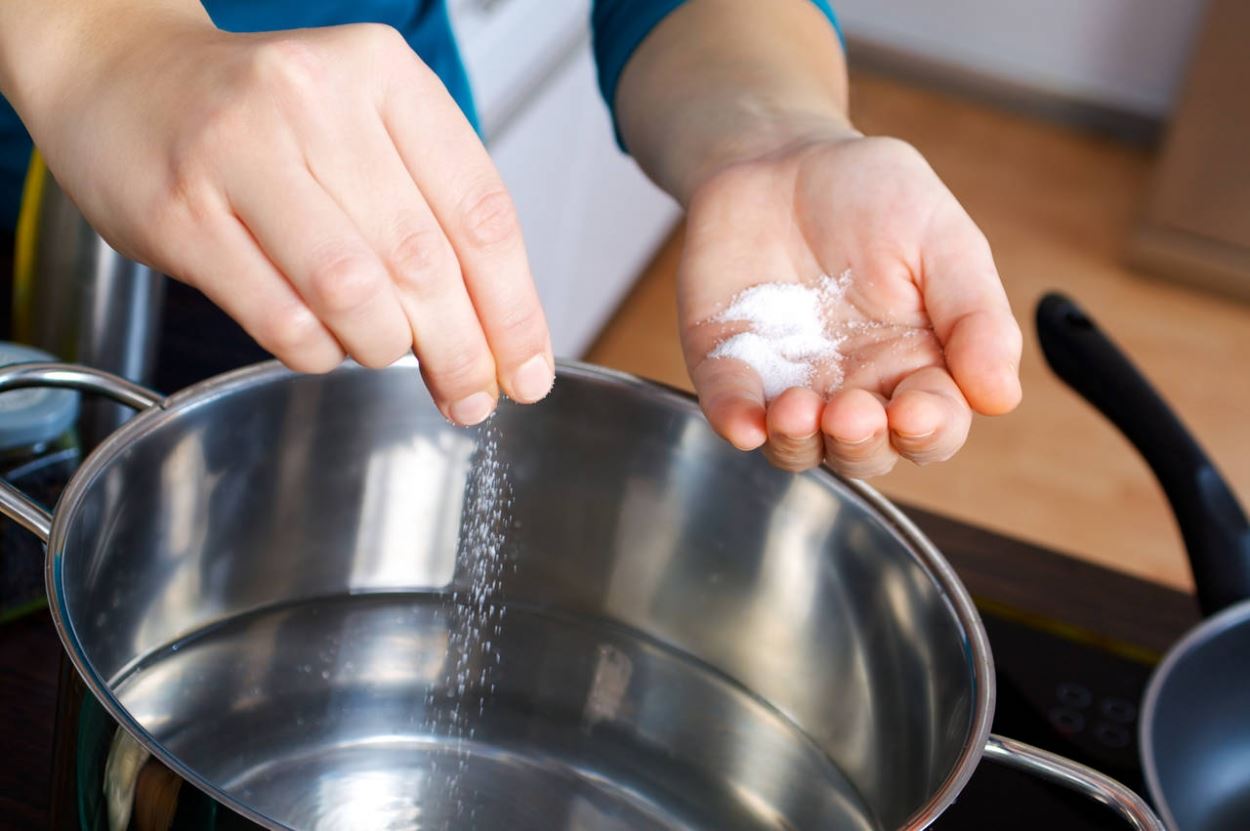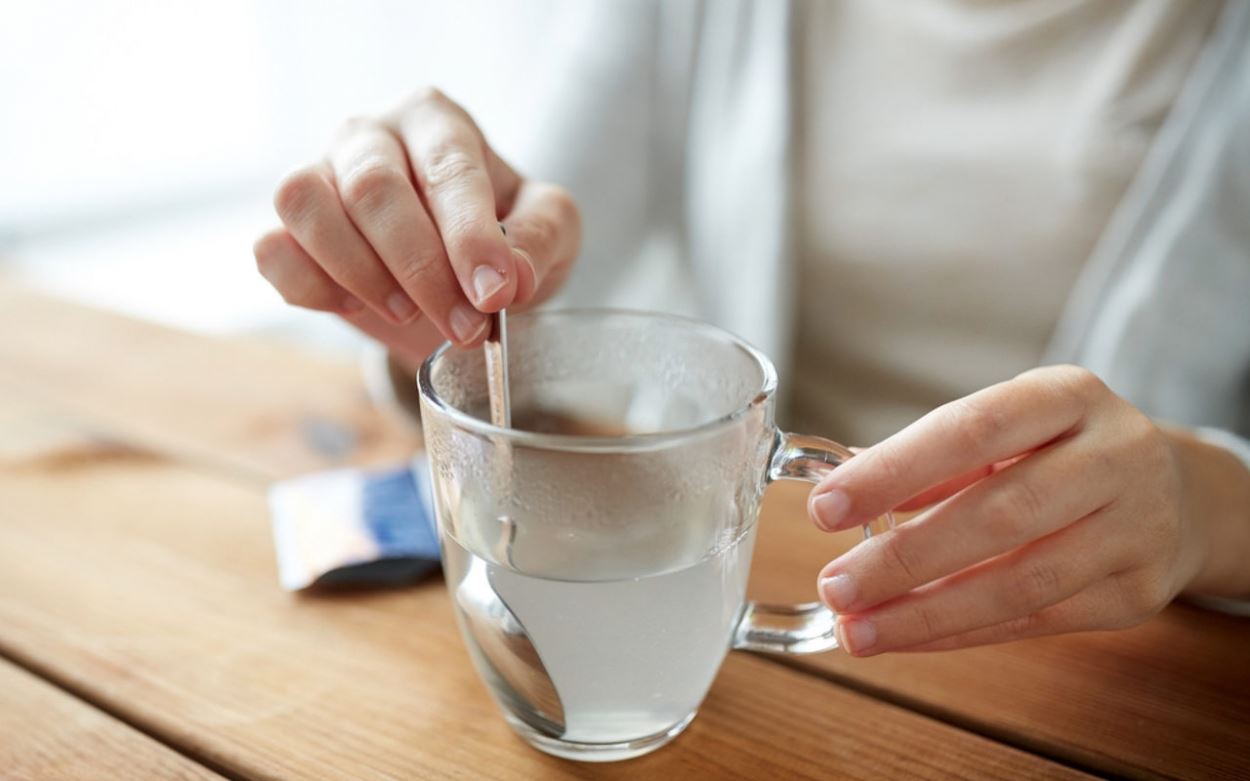
Robert C. answered • 10/01/12
Dr. Robert can help you with Math and Science
Natalee's answer is very good. I only wish to add a few things to it. Depending on the level of biology or chemistry course, these other factors might be part of your answer.
The dissolution of NaCl in liquid water is what we call a spontaneous process. It occurs without the addition of any more energy. Spontaneous processes occur because they lower the free energy of a system. In general, breaking bonds takes energy and making bonds releases that energy. Free energy can take the form of bonds (enthalpy, S) or degree of disorder (entropy, H). The most well known equation for free energy changes is:
ΔG = ΔH – TΔS
(ΔG is the change in free energy. If ΔG < 0, the process is spontaneous. ΔH is the change in enthalpy, T is the absolute temperature, and ΔS is the change in entropy.)
When NaCl dissolves, the Na+:Cl- ionic bonds are lost. Some of this increased free bond energy is offset by the formation of new bonds, the transient interactions between the polar water molecules and the dissolved ions. However, most of the increased free bond energy is made up for by the increased entropy. The number of ways you can make a salt crystal is very small. NaCl crystals are highly organized, with very low entropy. The number of states the same Na+ and Cl- ions can occupy when surrounded by water molecules is relatively much, much greater. Thus the entropy of the solution is much greater. There are many ways to organize the Na+ and Cl- ions within a see of H20 where the Na+ and Cl- are not adjacent to each other. This is a more entropic situation.
The increase in entropy is a decrease in free energy. This is the main driver in the dissolution of water.
Another consideration is the kinetics of the dissolution. While the change in free energy tells you which direction the process goes (towards dissolution), it doesn’t tell you how fast it occurs. It turns out that the energy present at room temperature, in liquid water, is strong enough to break those Na+:Cl- ionic bonds, so the process happens at a fairly reasonable rate (minutes, not years).
Again, all of this might be too advanced, depending on the biology class. Use your judgment.


Robert C.
12/19/14
Cecelia G.
01/22/15












Stanton D.
12/19/14